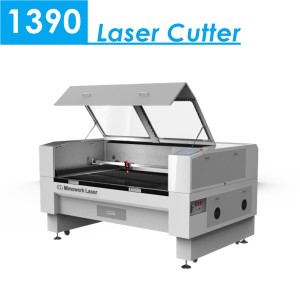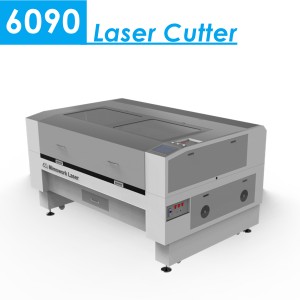Illuminating Creativity: Isabella’s Journey with Engraving Acrylic
Illuminating Creativity: Isabella’s Journey with Engraving Acrylic
Acrylic Laser Cutting Machine 130
Interviewer: Hello, dear readers! Today, we have Isabella from Seattle. Using a CO₂ Laser Engraving Machine for Acrylic, she’s a budding entrepreneur taking the LED Acrylic Stand market by storm. Isabella, welcome! Could you share how your journey began?
Isabella: Thank you! Well, I’ve always had a passion for unique and artistic designs. When I saw those LED Acrylic Stands flooding the market, I couldn’t help but notice the lack of creativity and overpriced products.
That’s when I decided to take matters into my own hands and bring my innovative ideas to life.
1. The Important Question: How?
2. The Experience: Laser Cutting Acrylic
3. Facing Challenges: The Firm Backup
4. Laser Cut Acrylic: The Highlight
5. One Last Thing: Some Suggestions
6. Creativity Runs Deep: Just Like Engraving
7. Wait no More! Here are Some Great Starts!
8. FAQs
Video Demonstrations
Cut & Engrave Acrylic Tutorial | CO2 Laser Machine
Laser Cutting Acrylic and Laser Engraving Acrylic are widely used because the results rarely let you down.
This Video shows you how to cut and engrave acrylic/ plexiglass properly, including some general tips to increase your final product’s quality. We also mentioned some real-life products that you can make with Acrylic, such as Decorative Stands, Acrylic Key Chains, Hang Decorations, and such.
Acrylic-based products can be really profitable, know what you are doing is important!
Wait no More! Here are Some Great Starts!
1390 Laser Cutting Machine
6090 Laser Cutting Machine
1610 Laser Cutting Machine




